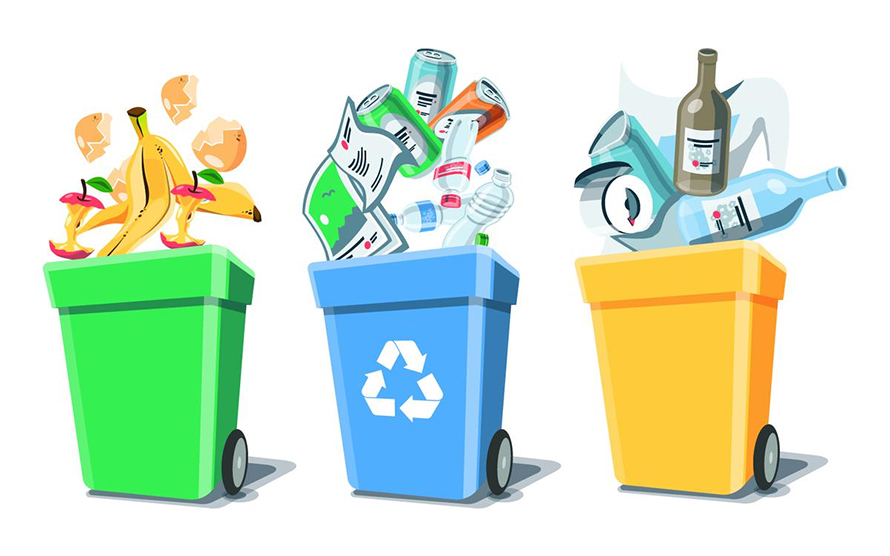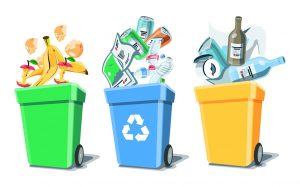Solid waste is a result of human activity that tends to grow in tandem with fast urbanisation, rising living standards, and shifting consumption habits. The management of growing volumes of solid waste has become a serious concern in many cities including Kathmandu and it is putting enormous strain on municipal services and also people.
But, experts argue solid waste management burden can be effectively lessened if you segregate waste at your home. Realising the same, the Kathmandu metropolitan city has recently announced that it will now start to penalise the households if they do not segregate their waste.
Waste segregation is the separation of wet and dry waste with the goal of simply recycling dry garbage and composting wet waste. When you separate solid waste, you reduce the amount of waste that ends up in landfills and takes up space, and you reduce air and water pollution significantly.
Hence, to help you segregate solid waste at your home, here are some ideas that will help you manage your house waste.
1. Define the types of waste
The first step of solid waste segregation is to identify the waste. It also makes it easier for households to define various procedures like composting, recycling and incineration to further dispose of it or make use of all distinct types of waste.
There are primarily two categories of waste: dry wastes that are both reusable and non-reusable, and wet waste that are biodegradable.
To keep these wastes distinct at home, you should keep separate containers in the kitchen for dry and moist trash. Keep clean and dry plastic from the kitchen and place it in the dry trash bin. Keep glass/plastic containers free of food debris. You should also dispose of wet waste outside the house on a regular basis. Dry waste, on the other hand, can be readily sorted and reused.
a. Wet waste
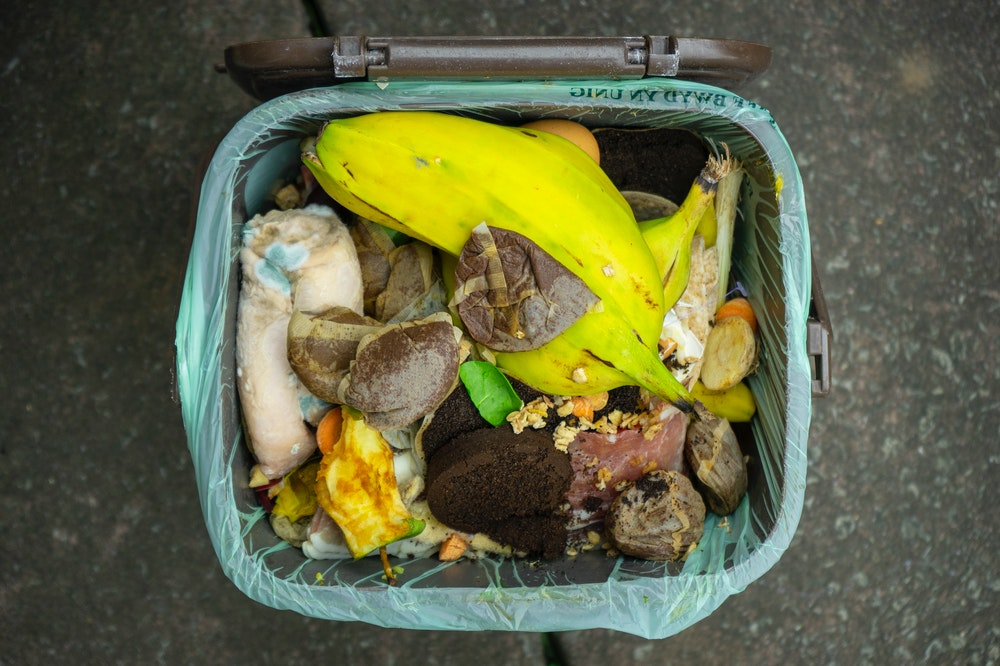
Wet solid waste is biodegradable as it includes fruit and vegetable peels, tea leaves, coffee powder, egg shells, meat and bones, food scraps, leaves, flowers, etc. These sorts of rubbish do not survive long and might rapidly begin to smell if not disposed of appropriately.
Wet waste should be stored in plastic or paper bags. Plastic bags can help you avoid leaks, while paper bags will keep waste odours from spreading throughout your home. Consider whether composting is a suitable alternative for your restaurant’s leftovers too. Some households and restaurants utilise kitchen compost to enhance the soil in fruit and vegetable gardens as a natural fertiliser. By keeping garbage out of landfills, composting decreases your environmental effect (and solid waste removal expense).
Cooked solid waste such as cooked vegetables and meat/dairy items can also be composted and can be used for plants.
b. Dry waste
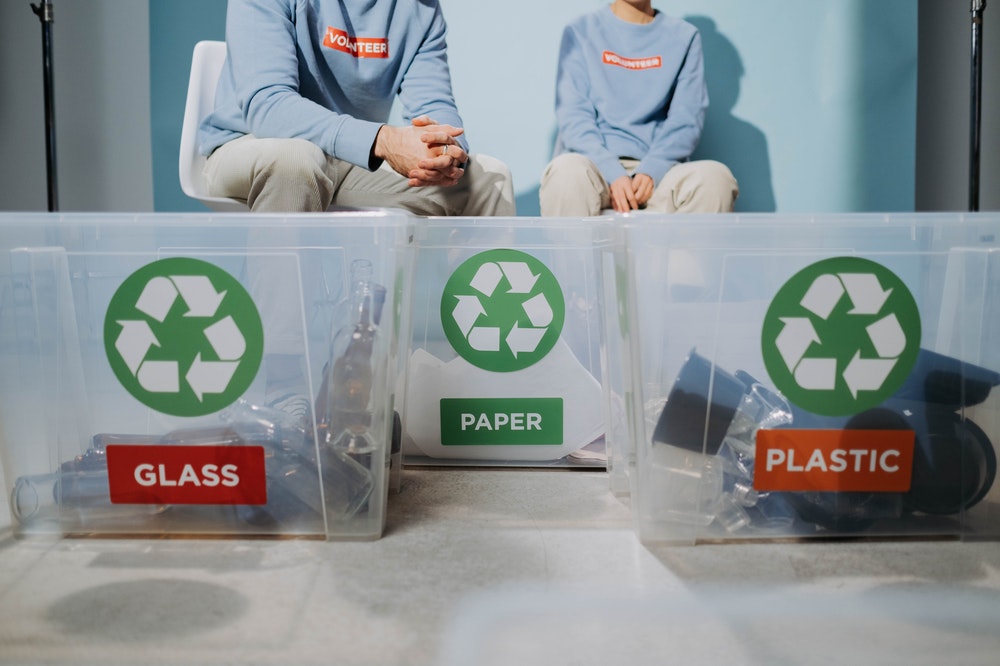
All waste that is not moist or contaminated is classified as dry waste. This contains items that are both recyclable and non-recyclable. Bottles, cans, textiles, plastic, wood, glass, metals, and paper are examples of dry waste. There are several ways to manage dry waste, such as using papers to hold kitchenware or repurposing old newspapers as present wraps.
Another effective approach to decrease paper waste is to repurpose old paper by grinding it with water and creating new papers from it. Not just paper plastics, but also soda bottles, can be repurposed to make bird feeders. Small plants can be grown in containers such as yoghurt jars. The same is true for e-waste like electronics or mechanical parts. If an object is repairable, there is no need to replace it. If it is to be disposed of, it should be recycled or upcycled or appropriately be disposed of by contacting the formal or informal waste disposal centre. Purchasing eco-friendly electronics will also help to reduce e-waste production.
2. Tips on how to set up a system in the house
Solid waste management would be considerably easier if every family made an effort to organise and segregate their waste. Being conscious of how solid waste is disposed of in your homes may go a long way towards creating a sanitary and safe environment for your family and the community.
The 3Rs – Reduce, Reuse, and Recycle – may be used to properly dispose of and manage waste. Yet, setting up a system in the house may be difficult. Nonetheless, here are some tips that you can follow:
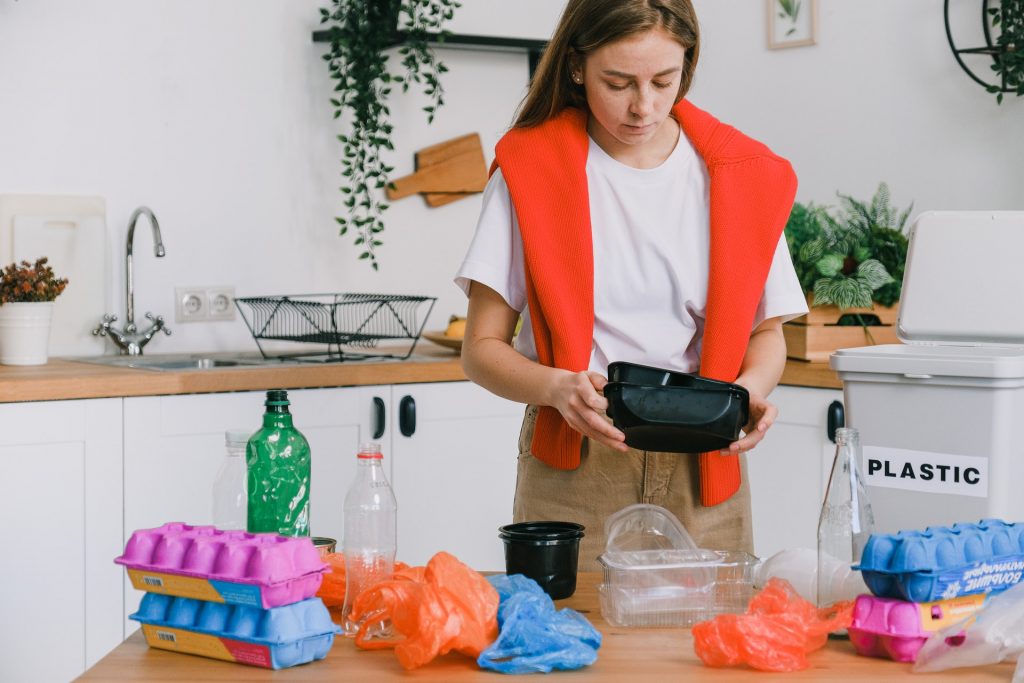
- First and foremost, attempt to reduce the amount of solid waste produced.
- Then, instead of using plastic bags for waste disposal, construct your own paper bags out of newspapers. For moist garbage, use multiple sheets of newspaper stapled together and a single page for dry waste. Everything that can be recycled should be recycled.
- Every member should be in charge of waste management and they need to get used to the new system. Every household member should be responsible for their own waste. If not, they will mess up not just the system, but also increase the work and make it difficult for you to recycle the recyclables.
- If you have separate garbage containers or bins, these should be cleaned as needed, regularly.
- Also, throw the non-decomposable and decomposable waste materials separately. And make sure to throw the waste only when the waste pickers are there to pick them up.
- Households should also work with local waste pickers to aid them in waste management and keep the surrounding area clean. This will ensure efficient solid waste management and the cleanliness of the surrounding area.



